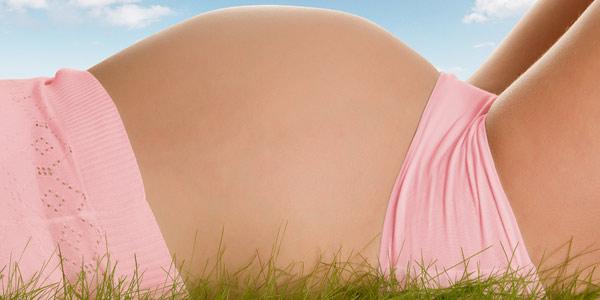Why Women Go Through Menopause: Blame the In-Laws

Human menopause is an evolutionary puzzle. Scientific studies have yet to draw a clear picture of why women lose their ability to reproduce at around age 50. Now, research from Finland suggests that competition for resources between older women and their daughter-in-laws may have had something to do with it.
Using pre-industrial Finns as a model, researchers from Finland and the United Kingdom hoped to explain why women lose the ability to reproduce at about the same time their children start to make families. They postulated that humans might in part have evolved this strategy in order to decrease competition between generations of reproducing women in one family and increase child survival in times when resources for childrearing were scarce.
Previous research had hinted that competition for resources, such as food, time and help with childcare between generations living under the same roof may have been a key factor in the evolution of menopause—a theory called the Reproductive Conflict Hypothesis.
"This study is the first good measure of how intergenerational reproductive conflict between in-laws may have shaped menopause," said Stephen Stearns, an evolutionary biologist at Yale University. Stearns was not involved in the current study, detailed today (Aug. 23) in the journal Ecology Letters.
When mom gets pregnant
Researchers from England and Finland looked at birth and death rates from a 200-year dataset obtained from records kept by the Lutheran Church of Finland between 1702 and 1908. Overall, they found that beyond about age 51, the negatives outweigh the positives of reproducing for women. Reduced competition between the older women and their daughters-in-law, along with childcare provided for grandchildren, may explain the benefits of "menopause" here. [8 Odd Facts About Pregnancy]
In fact, more often during this time period, mothers and daughters-in-law lived under the same roof and thus shared the same resources, according to Virpi Lummaa, an evolutionary biologist at the University of Sheffield in England and study author. Daughters, however, typically married off and moved to live with a husband and his family.
Get the world’s most fascinating discoveries delivered straight to your inbox.
Supporting their idea further, the researchers found that children born to older woman who were pregnant at the same time as a daughter-in-law were 50 percent less likely to survive to age 15. Meanwhile, children born to younger women pregnant at the same time as a mother-in-law, were 66 percent less likely to survive to adolescence. The researchers suggest competition for resources may explain this dip in offspring survival.
However, simultaneous pregnancies between mothers and daughters had no significant effect on child survival.
Other menopause factors
Though the findings are significant, it is hard to say how well these 200 years in Finland represent the conditions under which menopause may have evolved, said Stearns. Humans likely evolved in family groups of nomadic hunter-gatherers.
Reproductive conflict alone doesn't explain how menopause evolved, according to the authors. Other theories, such as the mother and grandmother hypotheses likely also played a role.
The mother hypothesis states that as women get older, they are more likely to experience complications in childbirth and less likely to survive long enough to raise a child to independence, while the grandmother hypothesis says that given the costs of late-life pregnancy and childrearing, a woman may benefit from forgoing future pregnancies, instead helping to increase the reproductive success of her existing children.
"None of these hypotheses make perfect sense alone, but together they begin to explain the pattern that we see in nature," Lummaa told LiveScience.
Follow LiveScience on Twitter @livescience. We're also on Facebook & Google+.


